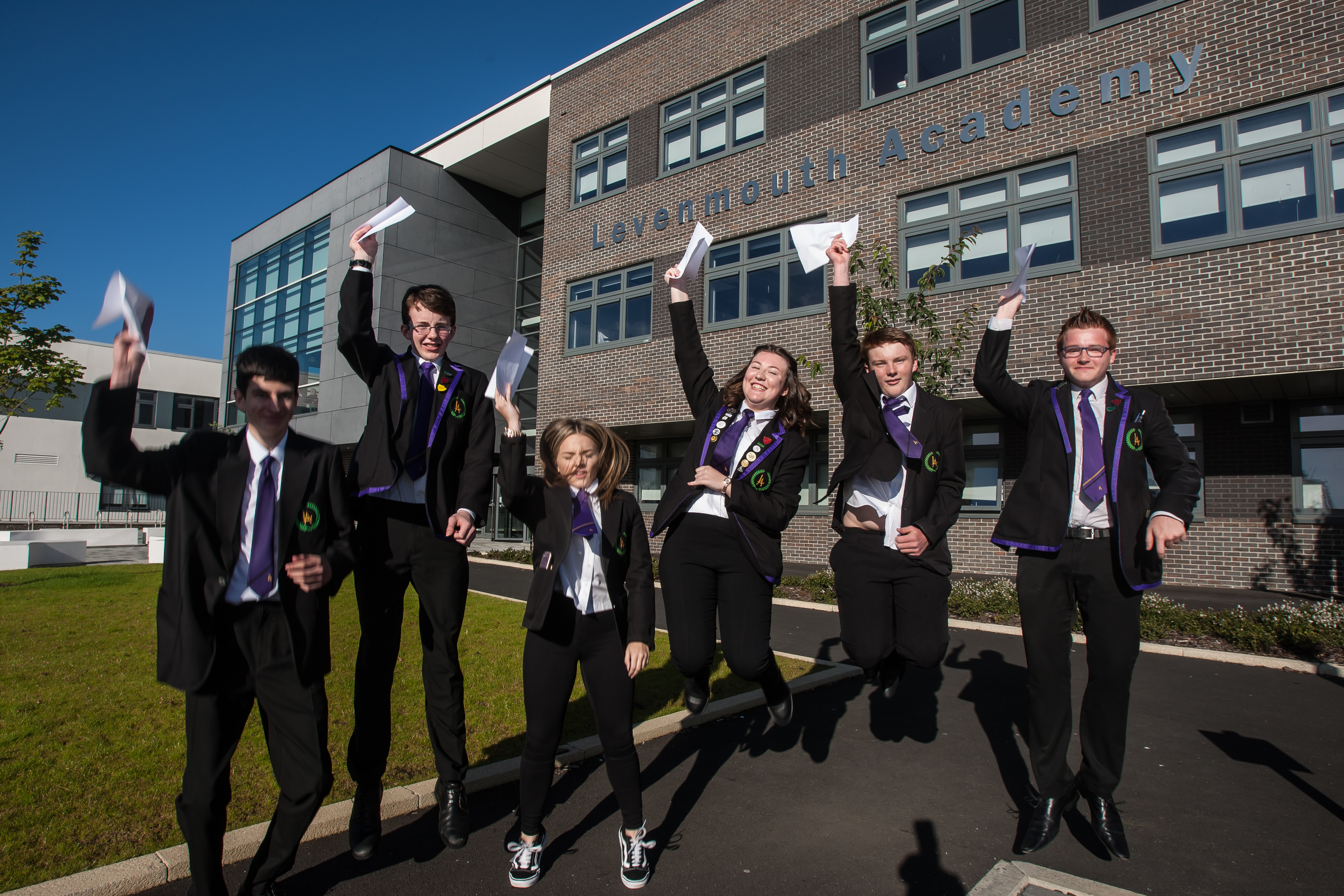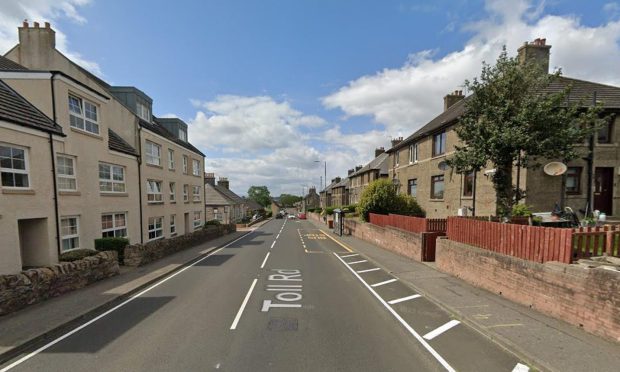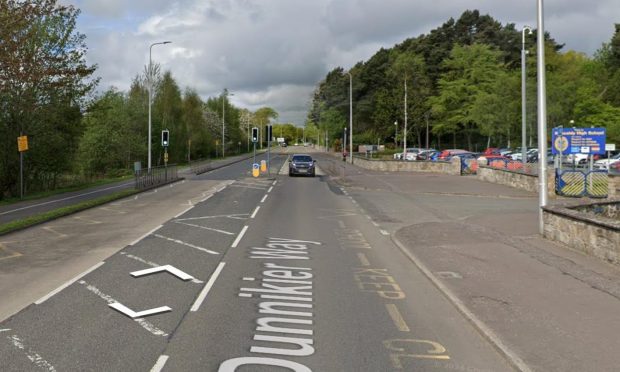Seeing pupils across Fife getting their exam results last week brought back so many memories – and it has to be said not all of them were good.
I’m not one to boast but I did pretty well in my Standard Grades in fourth year, my Highers in fifth year and my mixture of Highers and Certificate of Sixth Year Studies courses (and a random word processing module) in sixth year.
Journalism was what I wanted to do from very early on, and careers advisers had it drummed in from early on at Kirkcaldy High School that if I wanted to be a hack then I’d have to go to Napier University – and that meant at least two As, including English.
Thankfully I managed that and then some, and I was actually able to enjoy my final year at school having secured unconditional offers to study at a choice of universities.
Not blowing trumpets here, you understand, but you know….
However, watching youngsters fret over the contents of an envelope – or a text message or whatever it is the young uns are using nowadays – brought flashbacks of a time when I had the exact same sinking feeling in the pit of my stomach.
You can have all the confidence in the world, but each and every exam is a real ordeal for pupils – from the moment you start revising to the moment you actually put down your pen in the exam hall.
It’s a lot of stress, unnecessary stress in my opinion, to put on people so young, and I really advocate doing away with exams completely.
Many people say that exams, by their very nature, are an effective way of testing a pupil’s overall knowledge of a subject, and that they help young people overcome their nerves. They claim that exams motivate pupils to learn, knowing that they will be evaluated at the end of the year.
But while I agree with that to a certain extent, exams for me were more about testing a pupil’s memory than their actual ability.
I was very much a crammer. I couldn’t start revising weeks before an exam because it just didn’t work for me. I would instead spend three days tops going over all of the coursework to refresh what I had learned, and that helped me target that knowledge towards answering the questions in front of me.
Other people I knew though certainly knew the stuff, but the highly-pressurised exam environment proved too much for them and they ended up not doing as well as they probably should have.
So for me, there’s a strong case for more emphasis to be placed on continuous assessment – rather than a ridiculously stressful few weeks for teachers, pupils and parents alike.
It might do away with the annual ‘build up and release’ we get at this time of year, and it might give students a clearer idea what to expect out of their hard work when all’s said and done.










